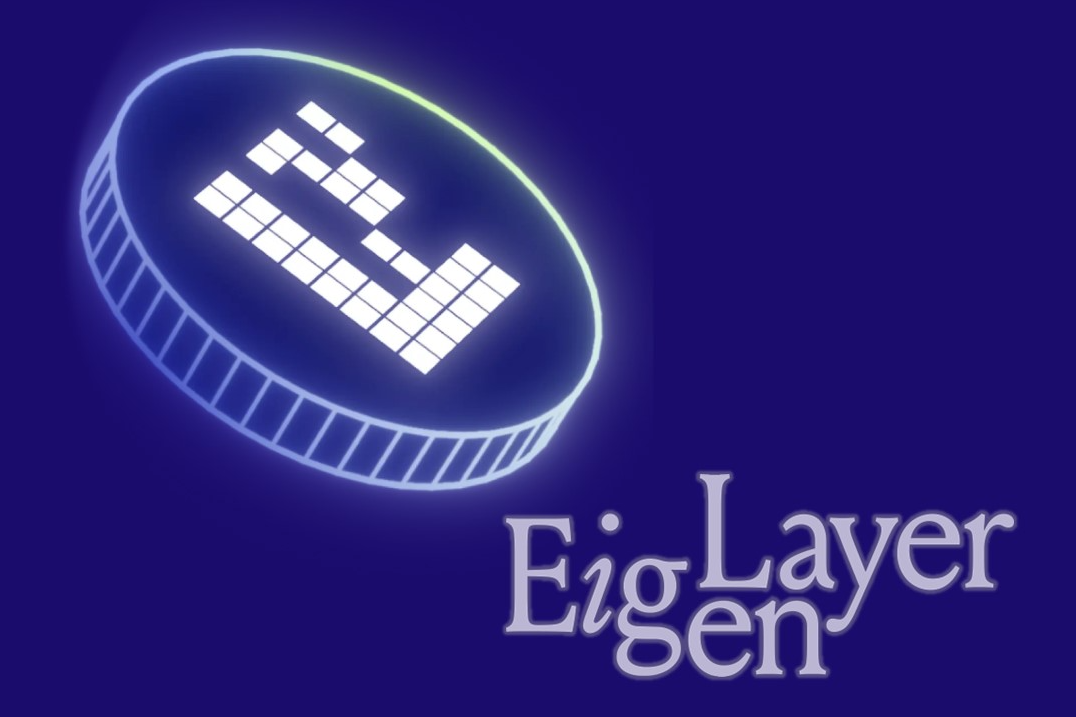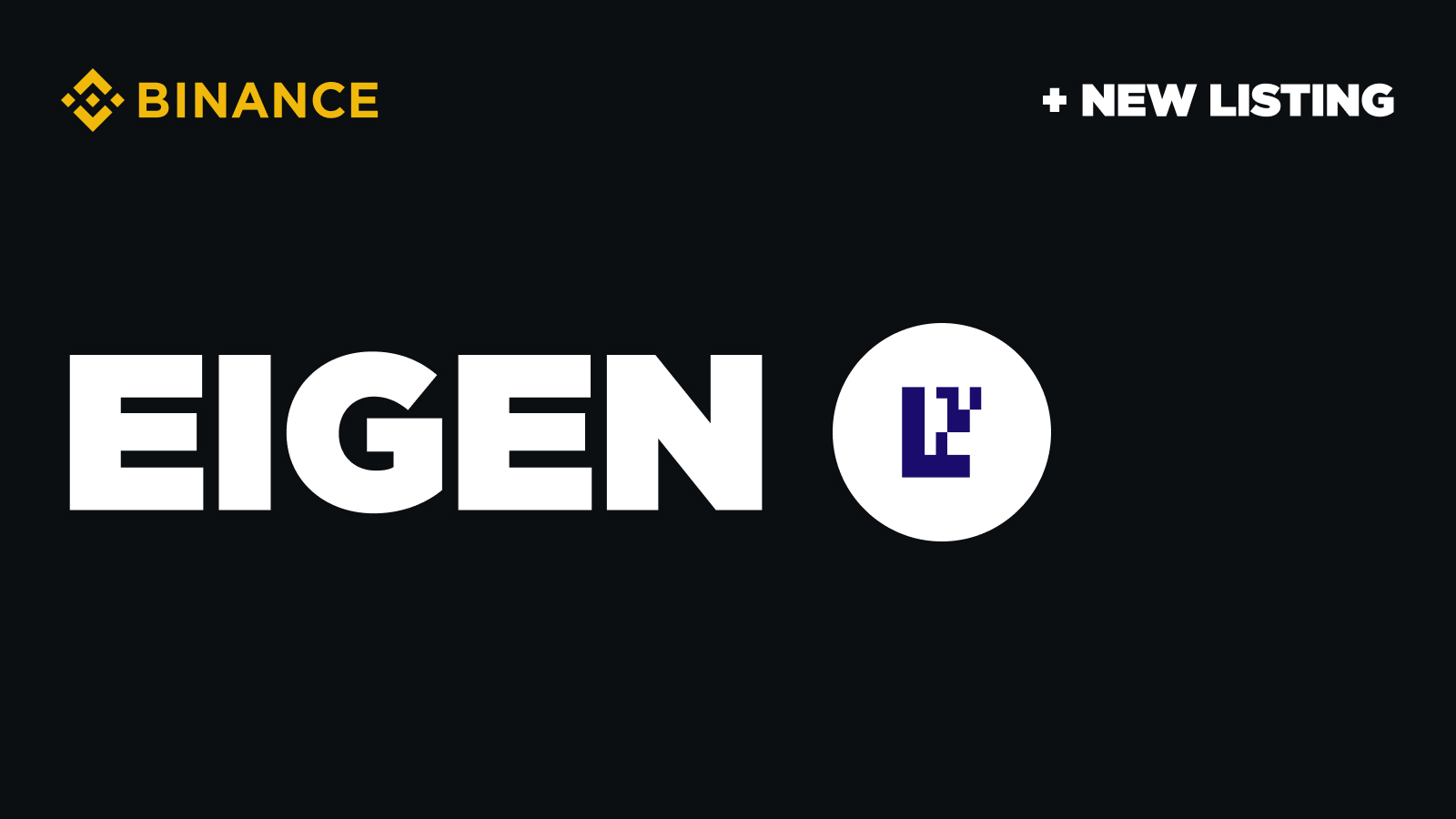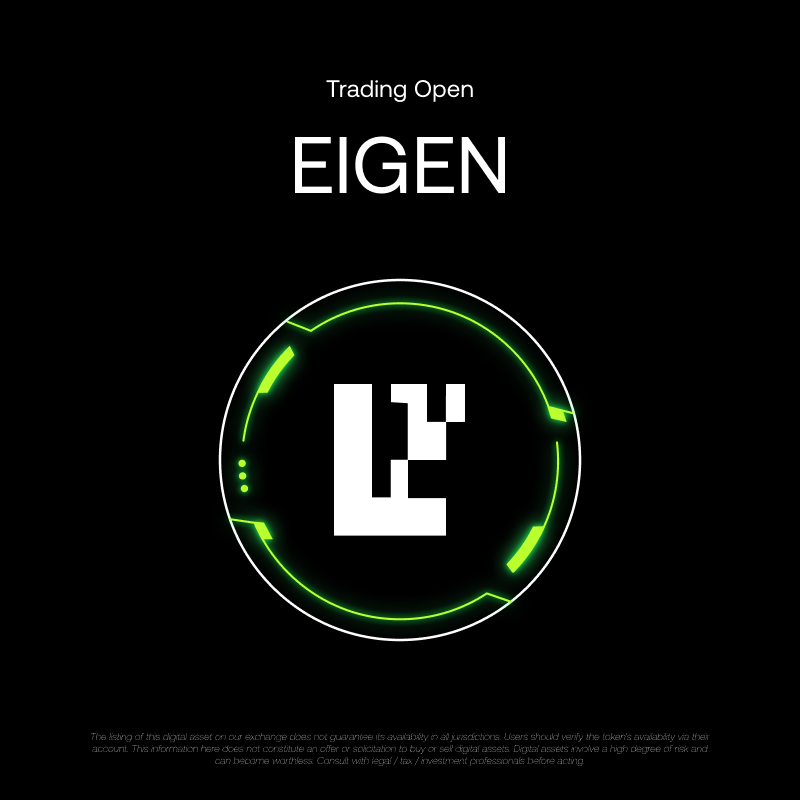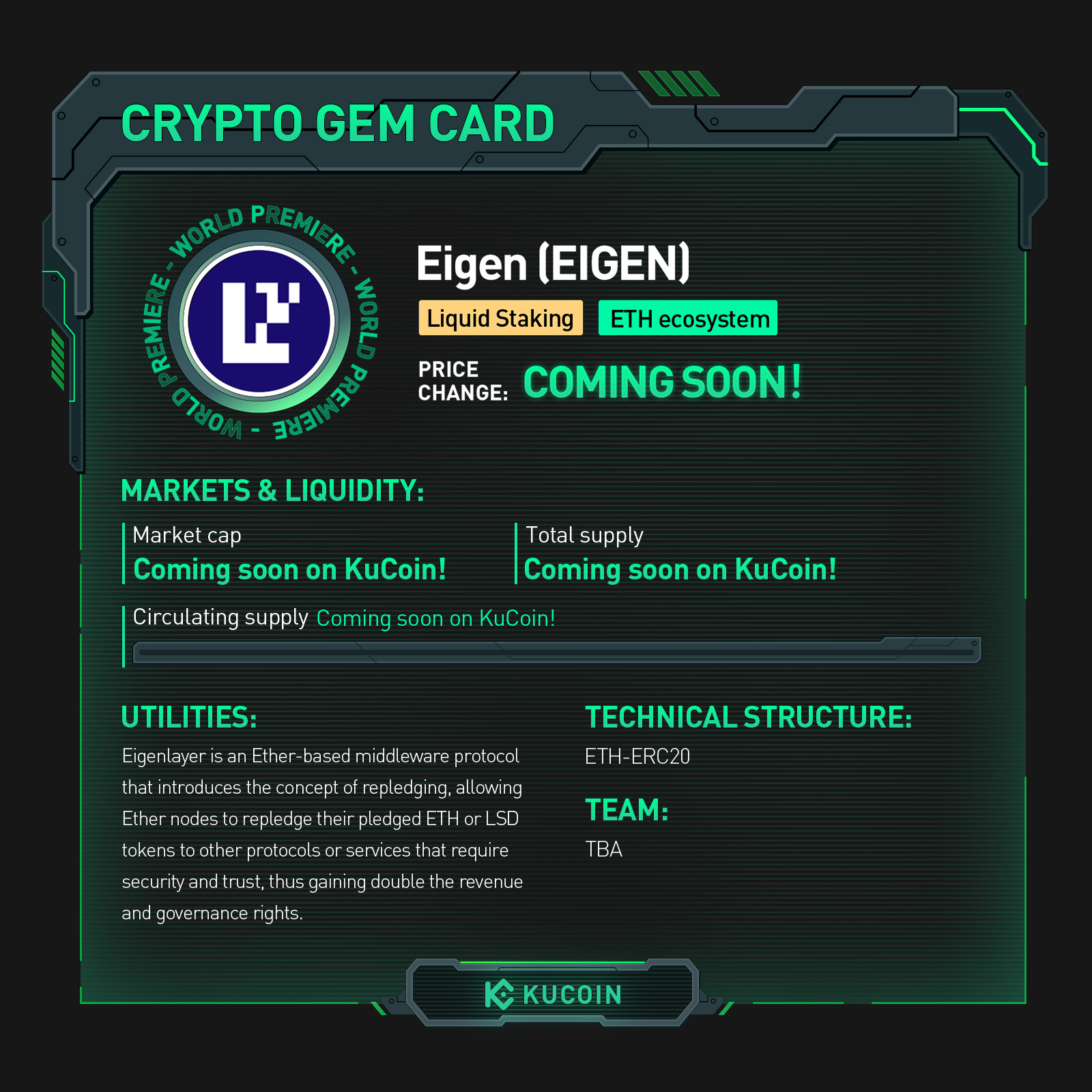2024-10-02

EigenLayer has officially removed transfer restriction on EIGEN token.
Eigen Foundation announced that Eigen token has begun trading on October 1, 2024 starting from Binance.

Binance listed EigenLayer (EIGEN) and open trading for the spot trading at 2024-10-01 05:00 (UTC).


EIGEN token is available for trading on OKX, KuCoin, HTX, Kraken, and Coinbase.
EigenLayer currently has $11.188b in total value locked (TVL).
As of October 1, 2024, EIGEN has a market cap of $767 million. This makes EIGEN the world's 80th most valuable crypto by market cap.
What is EigenLayer?
EigenLayer is a protocol that allows Ethereum stakers to "re-stake" their assets (mainly ETH) to secure other blockchain networks and decentralized applications (dApps) without leaving the Ethereum ecosystem. It is built to extend the security of Ethereum's proof-of-stake (PoS) network to external services while offering stakers the ability to earn additional rewards.
Here’s how EigenLayer works and why it’s important:
1. Re-Staking ETH for Additional Security
In the current Ethereum PoS model, validators stake ETH to secure the Ethereum network and process transactions. EigenLayer introduces a system where these validators can re-stake the same ETH to provide security to other blockchain systems or applications, essentially allowing ETH to secure multiple protocols simultaneously. This shared security is similar to Ethereum's own mechanism, but extended to third-party services.
2. Layering Security for New Protocols
New blockchains, Layer 2s, or decentralized services often need robust security but don't have the resources to achieve it on their own. EigenLayer helps these new networks "borrow" the security of Ethereum’s vast validator set by offering incentives to Ethereum stakers. These services can pay rewards to stakers, incentivizing them to secure these new protocols in addition to Ethereum itself.
3. Opens New Opportunities for Validators
By opting into EigenLayer, Ethereum validators can earn extra yield without needing to unstake their ETH or split their attention between multiple networks. This allows stakers to be rewarded for securing additional networks and applications, boosting the return on their initial Ethereum investment. However, there is also an added risk, as misbehavior on external services could lead to slashing (loss of staked funds).
4. Modular Design and Flexibility
EigenLayer is designed to be modular, meaning it can be adopted by various types of blockchain networks, Layer 2 rollups, oracles, and other decentralized services. It does this without requiring these services to adopt Ethereum’s core architecture, thus creating an ecosystem where Ethereum’s security is shared across multiple applications.
5. Decentralization and Long-Term Goals
EigenLayer’s vision is to create a more decentralized, secure, and scalable blockchain ecosystem by reducing the barriers to entry for new projects. By leveraging Ethereum’s existing validator set, new projects can avoid the challenges and costs of bootstrapping their own security. EigenLayer helps Ethereum evolve as a core security hub for the broader crypto space, positioning it at the center of decentralized security.
Key Features:
EIGEN token utility
1. Governance
Protocol Governance: EIGEN holders are responsible for governing the EigenLayer protocol. This includes voting on key protocol decisions, such as upgrades, parameter adjustments, and the introduction of new features. Token holders can propose and vote on changes, ensuring that the platform is decentralized and community-driven.
Security and Economic Parameters: EIGEN holders may also have a say in adjusting economic parameters, such as fees, reward structures, and slashing conditions, which directly affect stakers, validators, and the services relying on EigenLayer for security.
2. Staking and Incentives
Incentivizing Validators: Stakers who participate in securing external protocols through EigenLayer are often rewarded in EIGEN tokens, in addition to other possible incentives (like ETH). This helps bootstrap validator participation in securing new networks or applications.
Re-Staking Requirements: Some networks or dApps might require validators to stake EIGEN tokens alongside ETH, aligning incentives and ensuring that validators are committed to securing multiple layers of the network.
3. Security and Slashing Protection
Risk Mitigation: Validators who re-stake their ETH through EigenLayer are subject to potential slashing (loss of staked assets) if they act maliciously or fail to secure the additional services they commit to. In some cases, validators may need to also lock up EIGEN tokens as collateral, adding another layer of security and risk management to the system.
4. Network Participation
Service Integration: For new blockchains or dApps that want to leverage EigenLayer’s re-staking mechanism, EIGEN tokens might be required to pay fees or participate in the network. This would create demand for EIGEN tokens from projects looking to integrate their security with Ethereum's validator set.
5. Fee Payment
Protocol Fees: Certain fees for using EigenLayer services, such as deploying a service or integrating security, might be paid in EIGEN tokens. This incentivizes adoption of the token by network participants, including developers and third-party services.
6. Incentivizing Development
Ecosystem Growth: EigenLayer could use EIGEN tokens to incentivize developers, researchers, and projects that contribute to the protocol. These incentives could take the form of grants, bug bounties, or liquidity mining programs, encouraging innovation and expansion of the EigenLayer ecosystem.
EigenLayer represents a significant evolution in Ethereum’s ecosystem by expanding the potential use cases for its PoS security model. It offers a powerful incentive structure for stakers while making blockchain security more accessible for new and smaller projects.